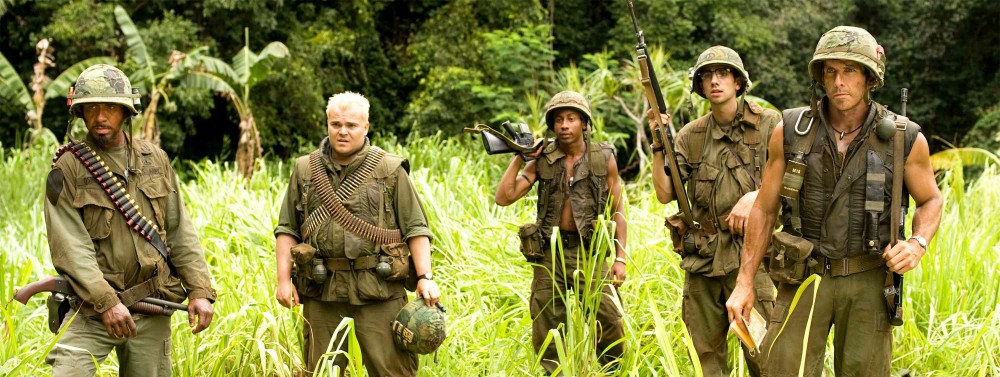Abbas Kiarostami is a director that aims to portray life as art, to connect life to nature and examine how insignificant human actions and lives are when compared to the world around us. His pastoral approach is one that not adds beauty to his films but also allows the viewer to personally see the connection between nature and the individual. Through the Olive Trees, takes place right after the 1990 Manjil-Rudbar earthquake, which killed almost 40,000 people, left 500,000 homeless and many without any knowledge of whether their loved ones were alive or dead. Abbas choice to portray this event through his film deals largely with his deep connection to nature, as well as trauma and repetition. Abbas has a track record of incorporating the repetition of past traumas and loss through his films, which I believe is also present in Through the Olive Trees. Mohammed Ali Keshavaz, who plays the director, is shown repeatedly asking the women in the film their address. Even though almost all of them have lost their homes and no longer have address’. He also makes them name the people they’ve lost in the earthquake. The director believes having them talk about their losses will force them to recover, and so he refuses to let them ignore what has happened.
Another interesting dynamic to this film is Abbas choice to have a film within a film. Initially I thought of it to be an interesting twist on the narrative but after analyzing the film more closely I’ve come to see it, as Abbas desire to escape reality. Abbas choice to intertwine reality and fiction appears to be his way of creating a means to escape the issues occurring without fully losing reality. Abbas choice to create a film-within-a-film also creates slight tension between that of the actual film. There are times when we are following one developing narrative and then all of a sudden we’ll be presented with information from the past. This switch between past and present and film and film-within-film at times had me questioning what was reality and what was fiction. Which is what I believe Abbas was trying to create through this back and forth pattern.
One part of this film that particularly resonated with me was that of the ‘male gaze’. As a female I found it interesting to see the ways in which Tahareh and the other young women in the film were featured. There were never any shots of them looking into the camera or at the male actors. Their gaze was often hidden or they were shown not returning the gaze of others. This component of the film was what conveyed the distinct cultural differences in Through the Olive Trees and other films we’ve watched. In many other films the camera has a way of sexualizing women, of making them into objects of visual pleasure instead of characters of value. However, Through the Olive Trees was a film that instead completely dismissed the female gaze. Which not only presented cultural value but also showcased the control of censorship in Iranian cinema.
